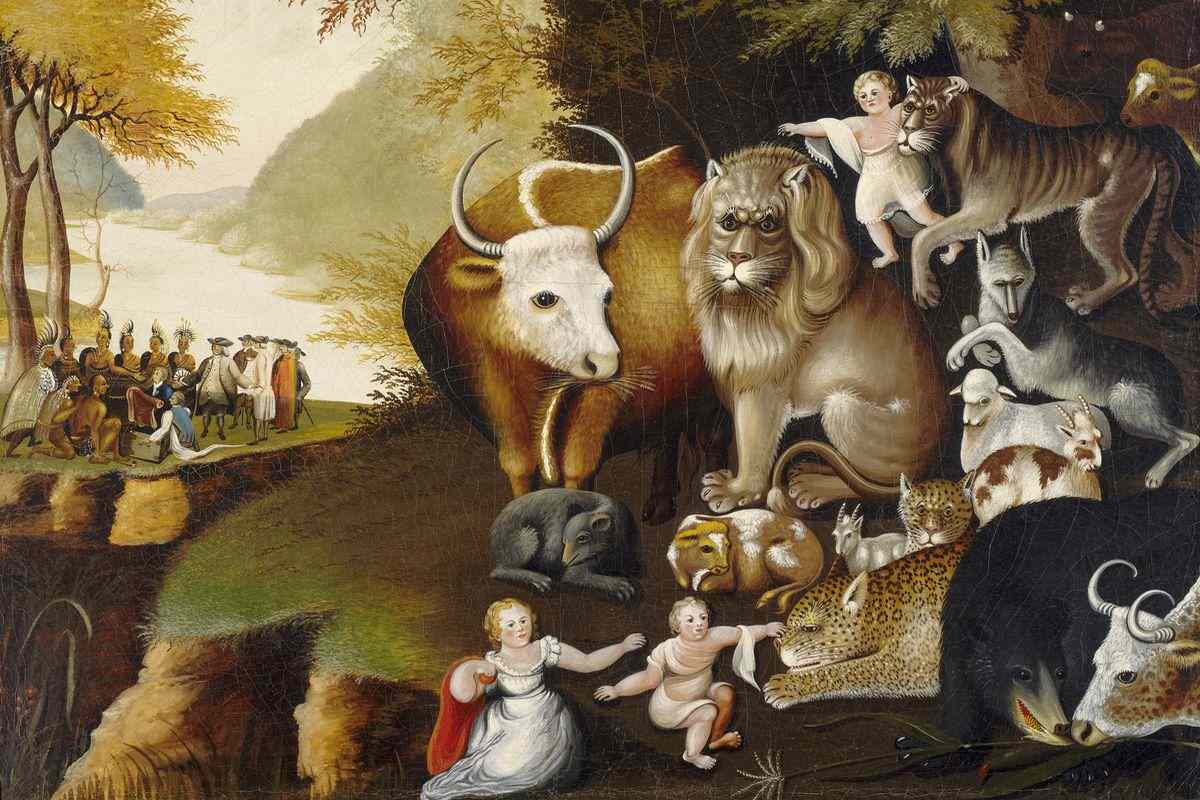Throughout history, animals have played significant roles in various cultures and societies, often serving as symbols that convey deeper meanings and representations. From ancient mythologies to modern-day associations, the symbolism of animals holds rich cultural and spiritual significance. Here are some examples of animal symbolism throughout history:
- The Eagle: In many cultures, the eagle is revered as a symbol of strength, courage, and freedom. It is often associated with the sun, representing power and vision. The eagle’s ability to soar to great heights has made it a symbol of transcendence and spiritual growth.
- The Lion: Known as the “king of the jungle,” the lion symbolizes majesty, nobility, and leadership. It is often depicted as a guardian figure, representing strength and protection. The lion’s presence in heraldry and coat of arms further exemplifies its association with power and authority.
- The Serpent: The serpent holds diverse symbolism across cultures. In some traditions, it represents rebirth, transformation, and wisdom. In others, it embodies temptation and deception. The shedding of the serpent’s skin has been interpreted as a symbol of renewal and regeneration.
- The Owl: Often associated with wisdom and knowledge, the owl is seen as a symbol of intuition and insight. Its ability to navigate through the darkness of the night has made it a representation of the unseen and mysterious. In some cultures, the owl is also linked to magic and spiritual guidance.
- The Dolphin: Known for its playful and gentle nature, the dolphin symbolizes harmony, intelligence, and grace. It is often associated with the ocean and represents the balance between emotions and intellect. The dolphin’s friendly demeanor has led to its association with healing and protection.
- The Elephant: Revered for its strength and wisdom, the elephant is a symbol of power, loyalty, and longevity. In some cultures, the elephant is believed to carry good fortune and is associated with prosperity. Its role as a guardian figure is also prominent in certain mythologies.
- The Butterfly: The butterfly is a symbol of transformation and metamorphosis. Its journey from caterpillar to butterfly represents growth, change, and the beauty of the soul’s evolution. The butterfly’s delicate and fleeting nature also symbolizes the transient nature of life.
- The Wolf: Often depicted as a symbol of loyalty, courage, and teamwork, the wolf embodies the spirit of the pack. It is associated with loyalty, intuition, and adaptability. The wolf’s nocturnal nature has also linked it to the moon and its mystical qualities.
These are just a few examples of the wide range of animal symbolism found throughout history. The meanings attributed to animals can vary across cultures and contexts, highlighting the interconnectedness between humans and the natural world. Exploring the symbolism of animals allows us to gain a deeper understanding of the human experience and the intricate relationship we share with the animal kingdom.







